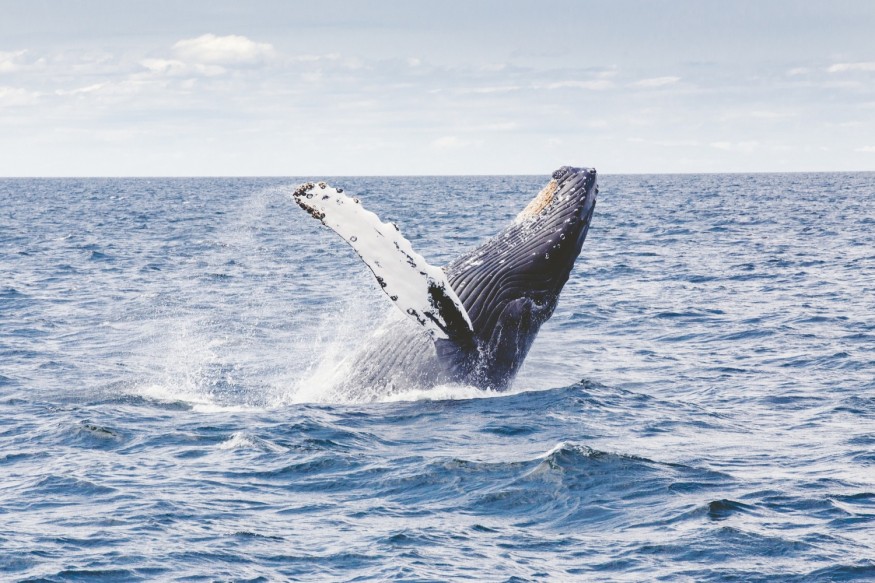
Humpback whales in the southern Atlantic ocean have resurfaced once again after nearly reaching the depths of extinction.
More than 24,000 individuals are now estimated to be present in the Western South Atlantic breeding group (WSA) - nearly 93 percent their number pre-whaling.
It's a resurgence that not even the experts saw it coming. The excellent news sets a powerful reminder of what the world can accomplish if only everyone set our minds to it.
Scientists were excited to know how quick and how great the community has recovered after whaling eventually stopped for good in the 1970s.
"This is a clear example that [the population will recover if we do the right thing] - we [could] do the same [obligation] for other animal populations," said Alexandre Zerbini, a whale expert of National Oceanic and Atmospheric Administration who serves as a lead author.
"I [anticipated] the [restoration] to be higher than we'd [expected] in 2006," Zerbini told USA Today, "[however], I wasn't [anticipating] the almost full recovery we found."
Humans have relentlessly hunted humpback whales for hundreds of years, killing an estimated 300,000 individuals worldwide. The hunt eventually depleted in the Western South Atlantic since the 1900s, with almost 25,000 humpback whales caught in just 22 years.
Humpback whales in the region became scare soon enough. Only 450 whales became scarce by the mid-1950s. WSA whales slowly began to recover following a series of regulations, including a worldwide moratorium on whaling.
The researchers in 2006 estimated that the whale population in this region had bounced back by nearly a third. However, new data on their wintering grounds and the pre-modern whaling industry has given us a much clearer picture with the help if tracking and modeling.
Zerbini told Science News that they had a less accurate estimate of population size in the previous assessment, adding that they only had data on modern whaling.
WSA humpbacks appear to be flourishing once again and are no longer endangered with the help of modern air and ship surveys, as well as historical data on whaling.
NOAA reported in 2016 that nine out of 14 known humpback whale communities had bounced back from endangerment. None have recovered as well as those in the western south, while southern populations have done exceptionally well.
According to the authors, humpback whale's population status is much more optimistic than previously thought. "[The] abundance [must] reach its pre-exploitation level within the next ten years or so, [considering the] mortality from anthropogenic threats remains low," the authors added.
However, climate change could change all of that very well. The seas are on the front lines of the climate crisis, and recent studies have revealed that this whale's favorite food is declining and shifting south due to climate-driven processes.
"It [seems] that the krill are [going] southwards with global warming, and that could force the whales to compete with penguins and fur seals for food," he said.
The humpbacks may be returning back for now, but it's up to us how long they stay.
The study was published in the Royal Society Open Science.
© 2025 NatureWorldNews.com All rights reserved. Do not reproduce without permission.





